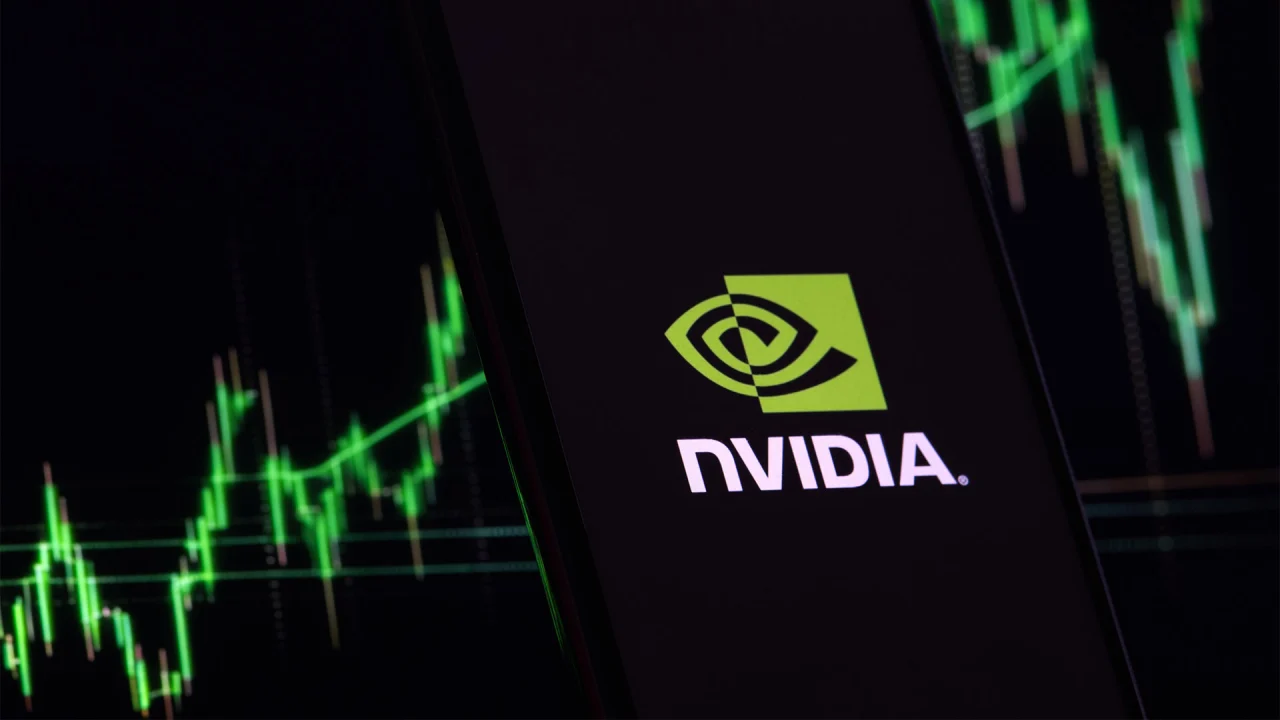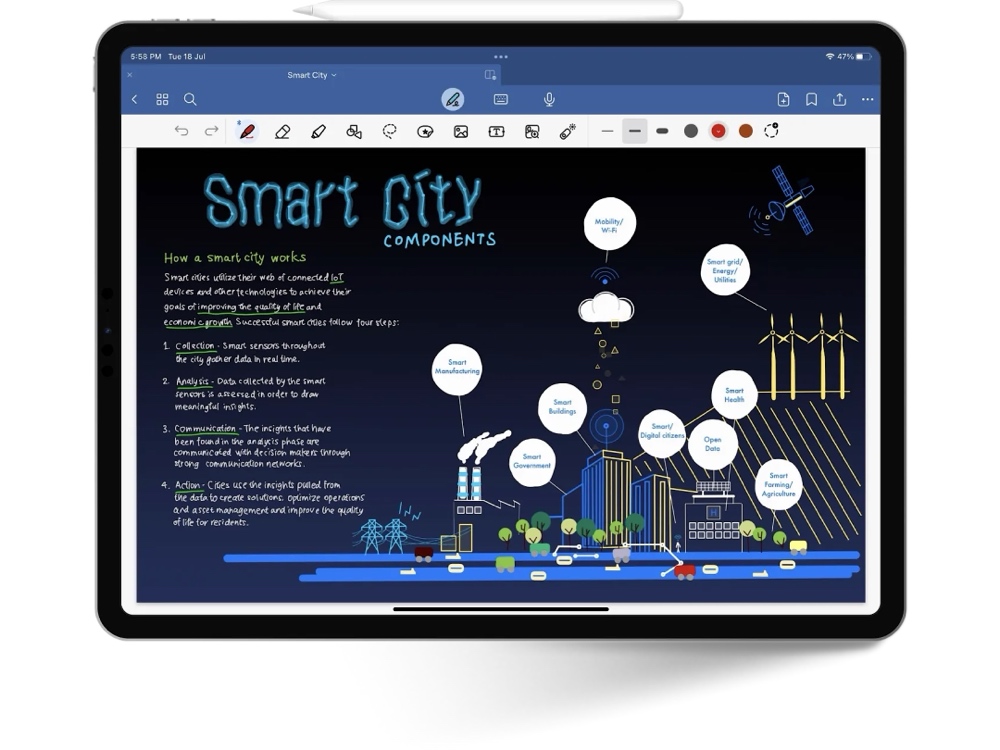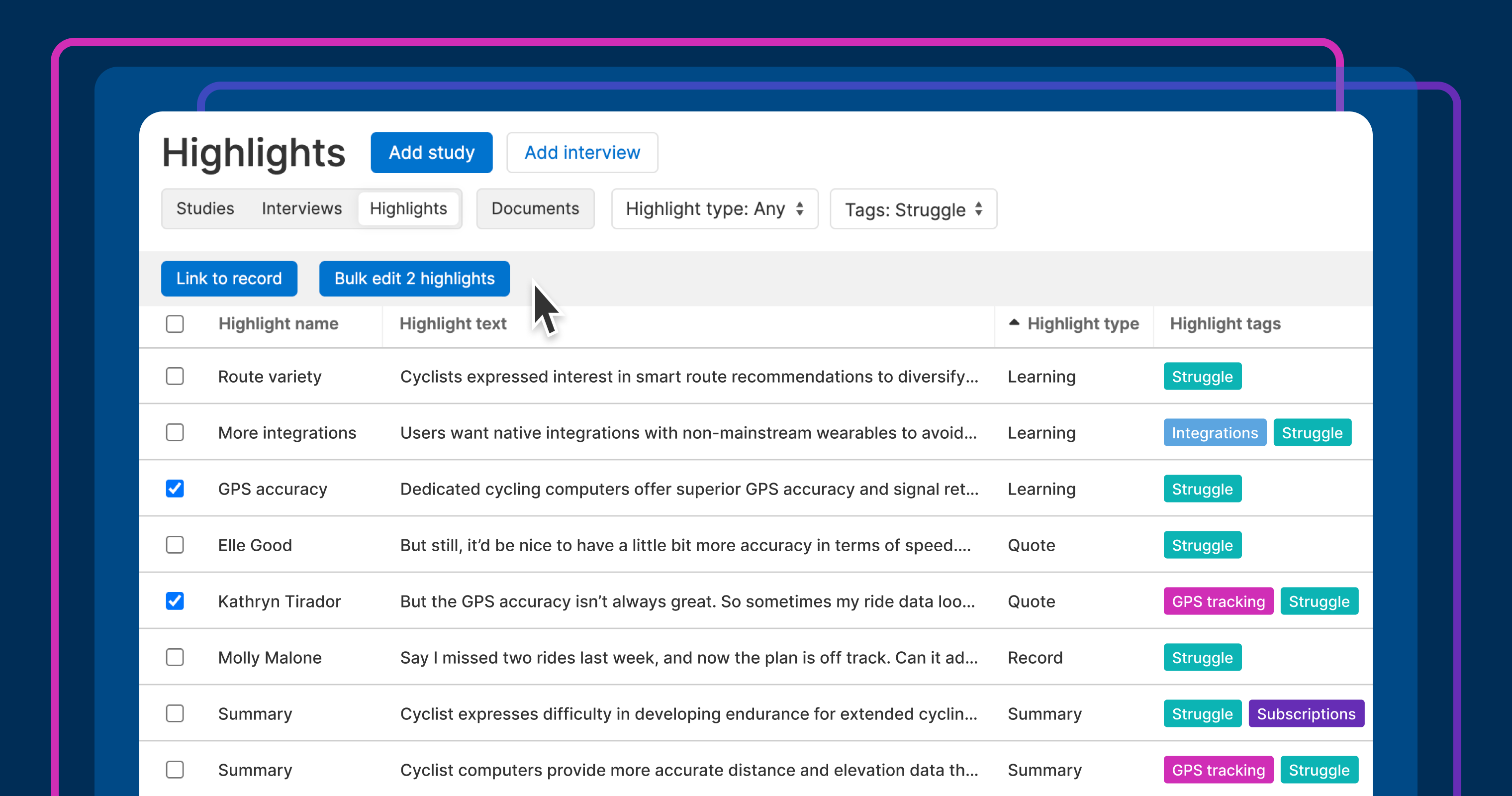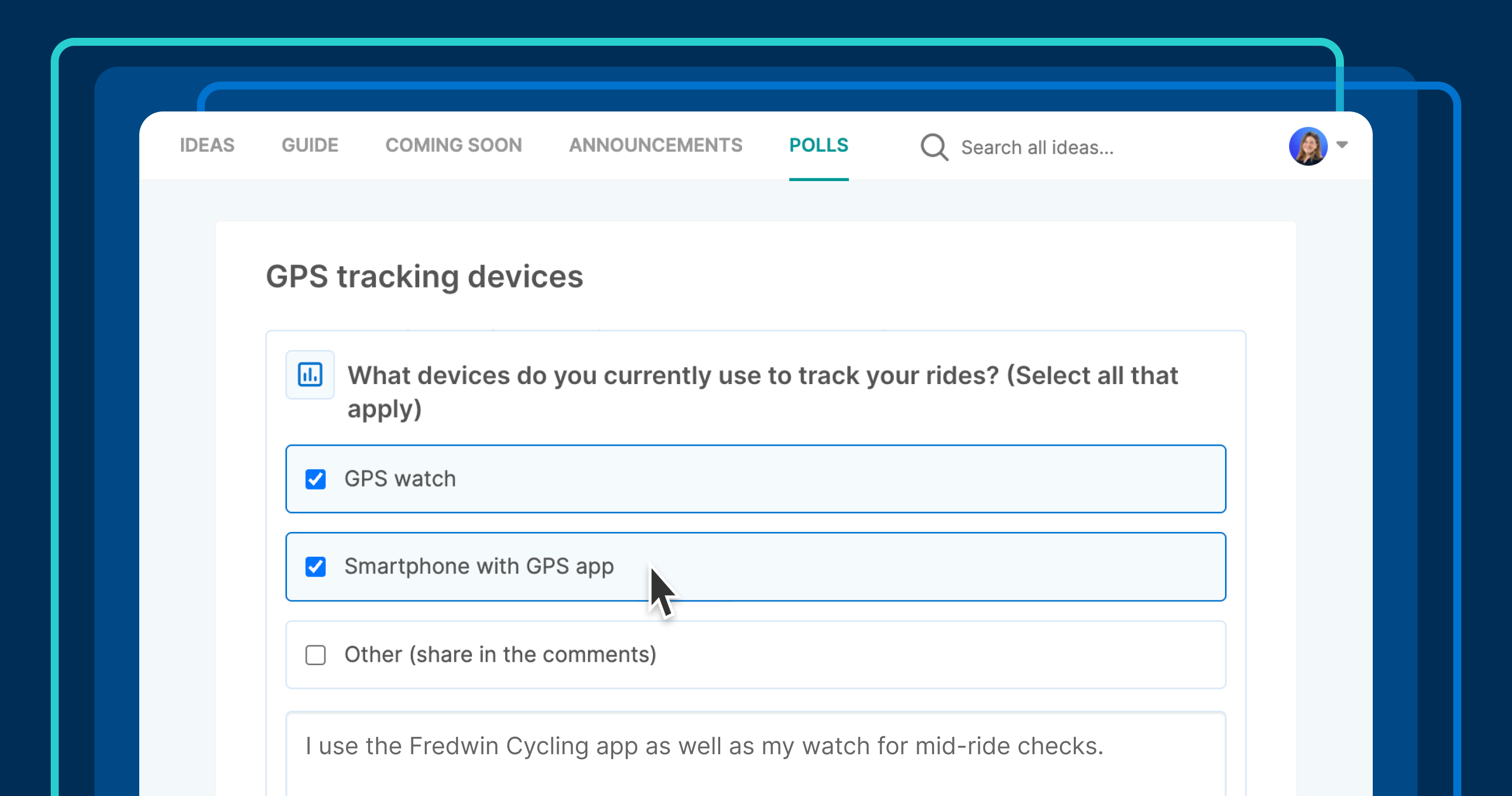How Proactive Server Monitoring Prevents Expensive Outages
In a digital-first world, where uptime is directly tied to customer satisfaction, revenue generation, and operational continuity, server performance is not something businesses can afford to leave unchecked. This is especially true in fast-paced markets like the UAE, where businesses rely heavily on always-on systems to support cloud services, e-commerce platforms, customer databases, and internal operations.
Yet many companies only realize the importance of server monitoring after experiencing a critical outage—often one that leads to data loss, productivity disruptions, missed opportunities, and reputational damage. That’s why proactive server monitoring has become a strategic necessity rather than a technical luxury.
In this blog, we’ll explore how proactive server monitoring helps prevent expensive outages, and why it should be a cornerstone of any reliable IT support strategy.
Understanding Proactive Server Monitoring
Proactive monitoring refers to the real-time tracking of server performance, health, and availability—before issues escalate into failures. Unlike reactive support, where technicians respond only after an outage occurs, proactive monitoring enables IT teams to detect anomalies, predict failures, and take corrective action early.
This continuous oversight typically includes:
-
CPU, RAM, and disk usage monitoring
-
Application and service status
-
Network connectivity and latency tracking
-
Event logs and error reporting
-
Temperature and hardware health monitoring
-
Automated alerts and escalation protocols
Through a combination of software tools, automation, and skilled human oversight, proactive monitoring provides visibility into server environments 24/7.
The Real Costs of Server Downtime
Before diving into the benefits of proactive monitoring, it’s worth understanding what’s at stake. According to industry studies, even a few minutes of unplanned server downtime can cost businesses thousands of dirhams. For sectors like finance, healthcare, logistics, or e-commerce, the costs are even higher due to regulatory risks, transactional failures, and customer churn.
Here are some of the most common consequences:
-
Revenue Loss: If your website or payment systems go down, sales grind to a halt.
-
Operational Disruption: Internal teams can’t access tools, files, or systems needed for work.
-
Data Loss: If a server fails without recent backups, data could be permanently lost.
-
Reputation Damage: Customers and partners lose confidence in your reliability.
-
Emergency IT Costs: Emergency support and data recovery services are often expensive and time-consuming.
Proactive monitoring helps you stay ahead of these risks by ensuring early intervention.
Early Detection of Performance Bottlenecks
One of the primary benefits of proactive server monitoring is the early detection of performance bottlenecks. By tracking resource utilization—like CPU, memory, and disk usage—monitoring tools can alert administrators long before these issues bring down a server.
For example, if a database server starts to show consistently high memory usage, a technician can intervene by optimizing queries, adding memory, or balancing loads. Left unchecked, that same issue could crash the application, take down services, and result in hours of lost productivity.
Reliable Server Support in Dubai: Scalable, Secure, and Always On!
Hardware Failure Prevention
Servers are physical machines with components that wear down over time. Hard drives fail, power supplies degrade, and cooling fans slow down. Without proper oversight, businesses may never know something is wrong until the server goes completely offline.
Proactive monitoring tools can detect:
-
Failing hard disks (via SMART status)
-
Unusual temperature increases
-
Power supply inconsistencies
-
RAID controller errors
By catching these hardware issues early, businesses can replace or repair components without experiencing a full outage.
Security Threat Identification
Cyberattacks and unauthorized access attempts often show up in server logs long before a full-scale breach occurs. Proactive monitoring allows IT teams to:
-
Detect unusual login attempts
-
Identify strange outbound traffic patterns
-
Monitor firewall or antivirus logs
-
Receive real-time alerts for suspicious activity
When paired with patch management and vulnerability scanning, proactive monitoring strengthens your overall cybersecurity posture, reducing the risk of an attack that could cripple your systems.
Minimized Downtime and Faster Recovery
Even when issues do occur, proactive monitoring reduces Mean Time to Resolution (MTTR). Alerts are sent instantly, often with diagnostic information included, allowing technicians to start troubleshooting immediately.
Many issues can be resolved before they impact users. And for more serious failures, historical monitoring data helps teams pinpoint the root cause faster, accelerating recovery time and minimizing disruption.
Compliance and Reporting
Businesses in the UAE are increasingly subject to data protection laws and IT compliance requirements. Proactive monitoring provides:
-
Automated reports on server health
-
Logs of past incidents and responses
-
Evidence of security controls and uptime management
These reports can be vital during audits or when demonstrating regulatory compliance in sectors like finance, education, or healthcare.
Supports Smarter Capacity Planning
Proactive monitoring doesn’t just prevent failures—it also supports strategic IT planning. By analyzing trends in server usage and performance, businesses can:
-
Predict when additional resources will be needed
-
Optimize workloads across servers
-
Plan migrations to cloud or hybrid environments
-
Budget more accurately for future upgrades
This kind of data-driven decision-making is key for growing companies in Dubai and across the UAE, where digital scalability is a competitive advantage.
Ideal for Hybrid and Remote Work Environments
With more companies shifting to hybrid work models, IT infrastructure must be available and performant at all times. Employees working remotely rely on VPNs, cloud services, and internal applications hosted on servers.
Proactive monitoring ensures those services are running smoothly, so employees stay productive, regardless of location. It also reduces the burden on small IT teams who can’t be everywhere at once.
If you are searching for a Visit to a Dell Services in Dubai, you can connect with Atop Computer Solution LLC.
Choosing the Right Monitoring Partner in the UAE
Implementing proactive server monitoring requires the right combination of tools, expertise, and support. Many UAE businesses partner with IT managed service providers (MSPs) like ACS-DXB, who offer:
-
24/7 remote server monitoring
-
Automated alerting and remediation
-
Onsite support when needed
-
Compliance reporting
-
Customized monitoring dashboards
With the right partner, you gain peace of mind knowing that your infrastructure is being watched and protected around the clock.
Conclusion
In an era where server uptime is non-negotiable, proactive monitoring is one of the smartest investments a business can make. It helps prevent costly outages, enhances security, reduces IT firefighting, and supports long-term infrastructure planning.
If your business still relies on reactive support or manual health checks, it’s time to evolve. Proactive server monitoring doesn’t just protect your servers—it protects your business.
Need help setting up monitoring for your servers? Reach out to ACS-DXB to learn how our monitoring solutions can keep your systems healthy, your operations smooth, and your business one step ahead of risk.
If you are searching for a Visit to a Dell Services in Dubai, you can connect with Atop Computer Solution LLC.







































































































![Building A Digital PR Strategy: 10 Essential Steps for Beginners [With Examples]](https://buzzsumo.com/wp-content/uploads/2023/09/Building-A-Digital-PR-Strategy-10-Essential-Steps-for-Beginners-With-Examples-bblog-masthead.jpg)












































